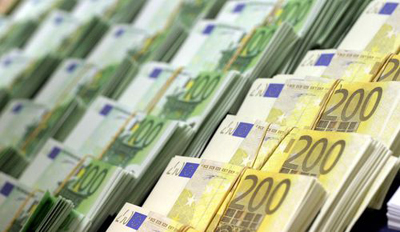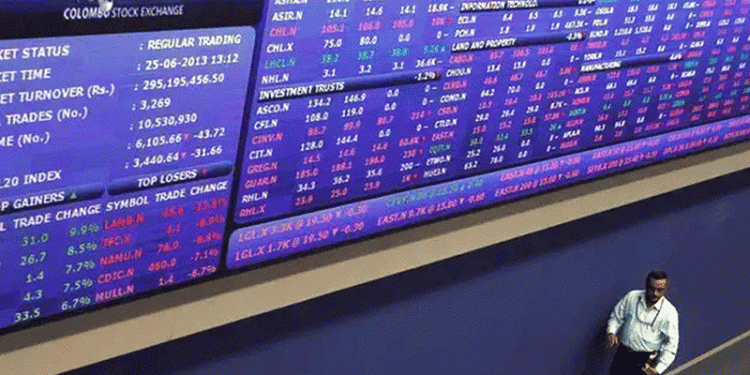Wednesday, 25 March 2015 21:41
 LONDON: Recent sharp swings in the euro/dollar exchange rate have not been matched by moves in the currency options market, as a cautious outlook from the U.S. Federal Reserve pushes back expectations of when rates will rise.
LONDON: Recent sharp swings in the euro/dollar exchange rate have not been matched by moves in the currency options market, as a cautious outlook from the U.S. Federal Reserve pushes back expectations of when rates will rise.
The euro, which hit a 12-year low of $ 1.04570 the day before the Fed meeting began, jumped to a high of $ 1.10625 in the hours after Fed Chair Janet Yellen hinted on March 18 that interest rates would not be raised in a hurry.
It was the biggest one-day percentage jump in euro/dollar in six years and was followed a day later by its second-biggest fall since November 2011.
But in the options market, one-month euro/dollar implied volatility, a gauge of how sharp swings will be in the pair and used by investors to hedge exposure, has fallen towards levels last seen before the Federal Reserve’s March 17-18 meeting.
It was at around 11.4 percent on Wednesday, down from 13 percent on Monday and 12.7 on March 16.
“The more accommodative Fed policy stance means more liquidity and that should see the short end of the implied volatility curve head lower,” said Adam Myers, European head of FX strategy at Credit Agricole.
“At the same time, chances that the Fed could start tightening in September will keep a bid at the longer end.”
This suggests euro/dollar may enter a period of range-bound trading before resuming its trek lower.
Fed policymakers lowered their median estimate for the federal funds rate — the so-called “dot plot” — and sent a more dovish message than many were expecting. Investors pushed back expectations for a rate hike to September from June.
Yellen also flagged some discomfiture about the dollar’s strength and its impact on U.S. inflation.
That triggered a sell-off in the dollar, which has lost 3.5 percent since hitting a 12-year high of 100.39 against a basket of currencies on March 13.
The euro, which many still expect to drop towards parity with the dollar in coming months as the European Central Bank unleashes its asset-buying programme, has stabilised just below $ 1.10 as investors trim bets against it.
Traders said that unless the euro drops below $ 1.08 or sustains gains above $ 1.10, demand for short-dated options to hedge against sharp moves will be low.
“After such a huge risk event like the Fed, it is but natural for short dated implied vols to come off,” said a chief options trader at a European bank. “It could go down a bit more before stabilising.”
Analysts said the uncertainty about the Fed rate outlook would support implied longer-dated volatilities, especially those maturing in September and later.
“The stage is set for a noisy run-in to mid-year lift-off amid poor and possibly deteriorating liquidity,” JPMorgan’s Arindam Sandilya wrote in a note.
Copyright Reuters, 2015



























